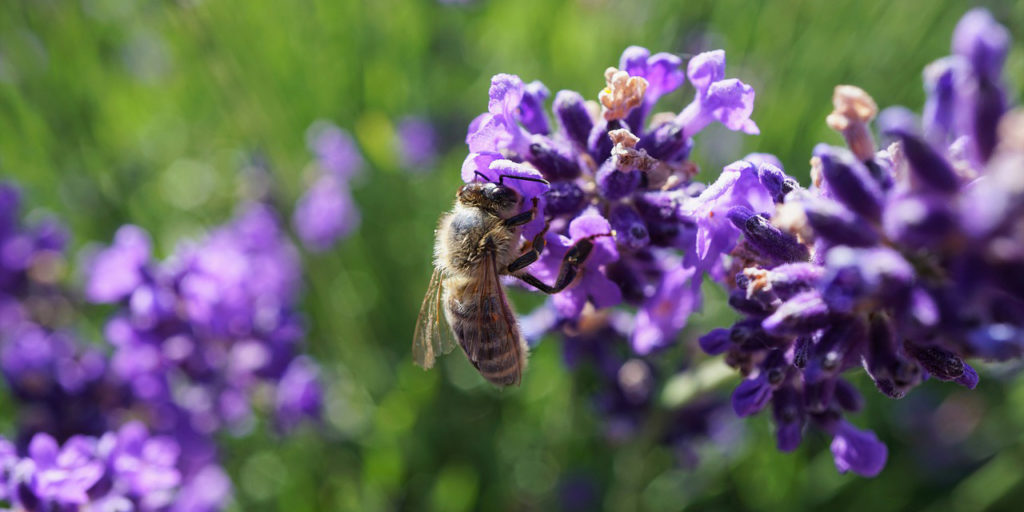22nd June 2022

Bonsucro welcomes the news that the European Commission has published a proposal for a restoration law which sets legally binding targets to restore natural ecosystems. These would be the first legally binding targets in the world.
The proposed law includes goals across Europe to increase biodiversity on farmland, reverse the decline of pollinators, and cut the use of pesticides in half by 2030, in quantity but also the level of risk they pose to the environment. Countries in the European Union will also have to produce national plans that will help to achieve the goals.
EU environmental commissioner Virginijus Sinkevičius talked about the fact these issues are now urgent. He said that very often in “discussions about climate change we forget about importance of ecosystems and what a huge work they do as regards the absorption of CO₂ emissions.”
The restoration law is one of the commitments made in the European Commission’s Biodiversity Strategy 2030. The main aim of the strategy is to put Europe’s biodiversity on a path to recovery by 2030. The biodiversity framework will also be a core part of the European Green Deal.
Sustainability is a central theme of a lot of policies currently being developed in Europe. Although the new restoration law only covers land in Europe, updates to other policies could see products imported into the EU being required to demonstrate that they do not damage the environment or biodiversity.
Bonsucro’s approach to biodiversity
Agriculture relies on healthy ecosystems. The Institute for European Environmental Policy released a paper earlier this year that shows “climate change, biodiversity loss and soil degradation are already affecting food production, in the EU and worldwide.” That’s why “Actively manage biodiversity and ecosystem services” is a central principle of our Production Standard.
Historically, our Production Standard has informed the best agricultural practices in sugarcane. The Standard has also set limits on the amount of fertilisers and pesticides used per hectare. Certification data confirms that producers are carefully managing their agrochemical use. In January we published our new Production Standard which strengthens environmental indicators.
Our new biodiversity principle includes requirements to map biodiversity, protect natural ecosystems/prevent the conversion of protected areas to farmland, improve soil health and avoid erosion, ensure agrochemicals aren’t overused and are disposed of safely.
Read more about updates to our Production Standard, or watch our training videos for the new production Standard in English, Spanish, or Portuguese.





